The German North Sea is a focal point for the country’s renewable energy ambitions. With targets to increase offshore wind capacity to 30 GW by 2030, 40 GW by 2035, and 70 GW by 2045, Germany is at the forefront of Europe’s transition to cleaner energy. This expansion is vital for meeting EU Green Deal targets and reducing carbon emissions. However, it also raises critical questions about the impact of large-scale wind energy projects on marine biodiversity and ecosystems.
The challenge lies not only in meeting these ambitious goals but in ensuring that the path to achieving them is environmentally sustainable. The German North Sea serves as a case study for how renewable energy development can coexist with the preservation of marine ecosystems.

A Comprehensive Framework for Offshore Wind Development
Germany’s approach to offshore wind energy expansion is underpinned by comprehensive planning that integrates environmental safeguards into every stage of development. At the core of this strategy is Marine Spatial Planning (MSP), which organizes maritime activities in the North Sea. The 2021 Maritime Spatial Plan allocates specific zones for wind energy, shipping, and ecologically sensitive areas, aiming to minimize conflicts between competing uses.
Another essential component is the Strategic Environmental Assessment (SEA). SEAs assess the cumulative and transboundary impacts of wind farm developments, ensuring that environmental concerns are considered alongside energy objectives. In Germany, SEAs align national plans with EU directives such as the Birds Directive, Habitats Directive, and the Marine Strategy Framework Directive (MSFD), ensuring biodiversity remains a key priority.
The Site Development Plan further strengthens this framework by identifying suitable locations for offshore wind projects and providing guidelines for their implementation. This ensures a structured, transparent approach that minimizes risks to marine habitats.
Navigating Challenges in Rapid Expansion
Despite these advanced tools, the rapid pace of offshore wind development presents several challenges. The German North Sea currently hosts 29 operational wind projects with 1,600 turbines and a combined capacity of 8,858 MW. As these numbers grow, so too does the potential for environmental disruption.
Marine ecosystems are particularly sensitive to changes brought about by large-scale developments. Offshore wind farms can alter habitats for seabirds, marine mammals, and other species, while cumulative effects from multiple projects can disrupt food chains and migration patterns.
Additionally, Germany’s Acceleration Package, which includes designated “acceleration areas” to fast-track approvals, has sparked debate. While this initiative incentivizes faster deployment of renewable energy, it has also raised concerns about reduced environmental oversight. Exempting projects in these zones from rigorous environmental assessments risks undermining biodiversity safeguards, creating tension between speed and sustainability.

CrossGov’s Role in Balancing Progress and Preservation
CrossGov is investigating the balance between EU biodiversity conservation targets, the expansion of offshore renewable energy and the use of SEAs within the German North Sea Exclusive Economic Zone (EEZ). Through this work, CrossGov aims to ensure that offshore wind development is sustainable, well-governed, and capable of balancing biodiversity protection, energy security, and climate goals.



